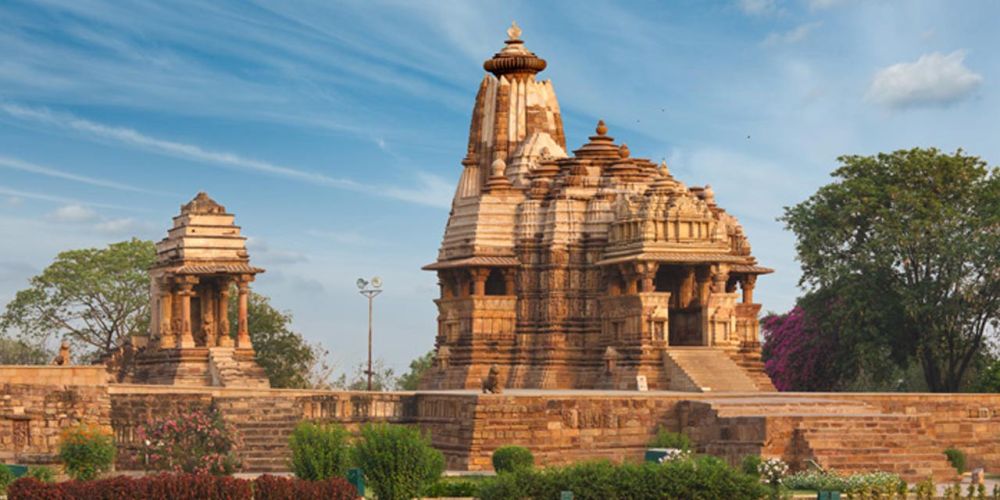

Nestled in the heart of India, in Madhya Pradesh, the Devi Jagadambi Temple of Khajuraho is an architectural masterpiece and an emblem of India’s rich cultural tapestry. Khajuraho’s temples, famed for their stunning carvings and erotic sculptures, are a UNESCO World Heritage site that draws visitors from all over the globe. The history of tourism in Khajuraho, with the Devi Jagadambi Temple as one of its crown jewels, is as fascinating as the temple's own story.
The Devi Jagadambi Temple is one of the many temples in Khajuraho built by the Chandela dynasty, a powerful Rajput dynasty that ruled over central India from the 10th to the 13th century. This temple, dedicated to the Goddess Parvati (though some believe it to be dedicated to Kali), is part of the Eastern group of temples in Khajuraho. Its construction dates back to approximately 1000-1025 CE. The site served both religious and educational purposes for many centuries before falling into neglect.
Rediscovered by the British engineer T.S. Burt in the 1830s, the Khajuraho Group of Monuments garnered global attention. Since then, there has been a significant rise in scholarly interest and tourism in the 20th century due to its impressive sculptures and architecture. Notably, the Archaeological Survey of India and UNESCO took significant steps to restore and maintain the site's integrity.
The Devi Jagadambi Temple stands out for its relatively modest size yet intricate detail. Its richly carved outer walls and stunning shikhara (spire) attract enthusiasts of architecture and sculpture alike. The temple's elegantly poised sculptures depict various gods, goddesses, and celestial maidens, including the sensuous mithunas (erotic figures) that have made Khajuraho famous. Unsurprisingly, the temple and its companions dramatically fuel the local economy through tourism.
Owing to the global pandemic, tourism trends have seen a shift towards more sustainable and responsible travel practices. There is an increased emphasis on the conservation of heritage sites, and Khajuraho is no exception. In recent times, the tourism industry here has seen growth in personalized and smaller group tour experiences, highlighting detailed, scholarly explorations of sites like the Devi Jagadambi Temple. The rise of virtual tours has also allowed many to experience its splendor remotely.
For those planning a visit, the temple complex is open to tourists year-round, with the peak season being the cooler months from October to March. The annual Khajuraho Dance Festival, which takes place in February, is a significant draw for tourists seeking to experience classical Indian dance in the backdrop of these historical monuments.
In summary, the Devi Jagadambi Temple is not just a monument but a pivotal chapter in the long history of Khajuraho's rise as a premier tourist destination. It stands as a testament to the aesthetic and spiritual achievements of its creators, beckoning travelers from across the world to witness its timeless beauty.